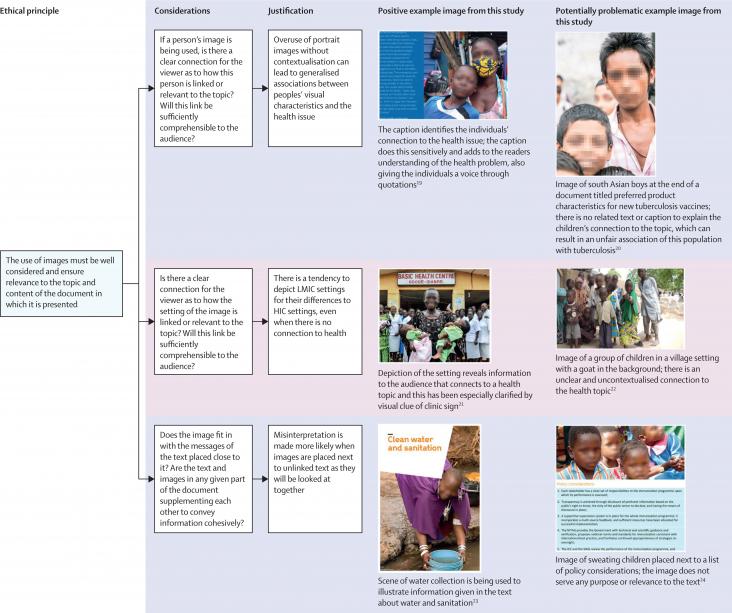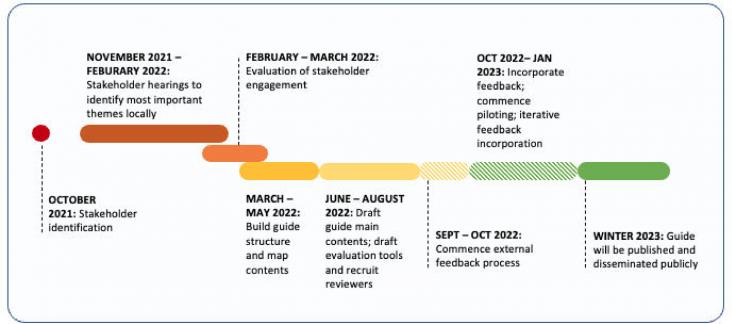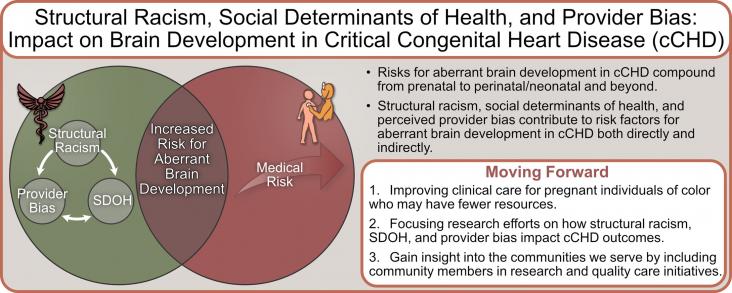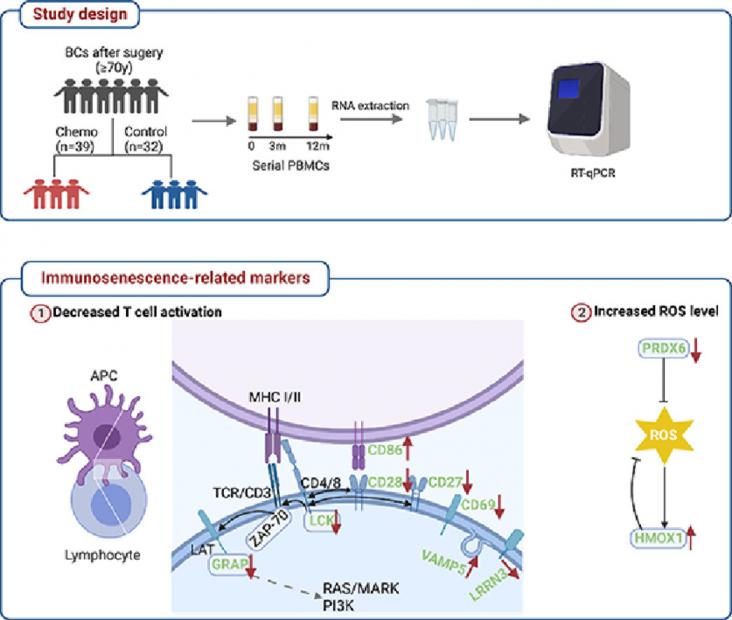
This Health Policy paper supports SDGs 3 and 10; the authors did an empirical analysis of the use of imagery by key global health stakeholders and showed that the narrative currently depicted in imagery is one of power imbalances, depicting women and children from low-income and middle-income countries with less dignity, respect, and power than those from high-income countries.
The criminalization of women’s healthcare in many USA states has created uncertainty about women’s access to evidence-based medical care and will affect the physical, mental, and emotional health and well-being of women. This article is intended to start a discussion on this complex topic in the immunology community.
This Article supports SDG 3 and 10 by highlighting the need for age-appropriate Indigenous strategies to improve health outcomes and reduce inequities for rangatahi Māori. This study provides an overview of Indigenous youth trends in Aotearoa New Zealand over two decades utilising repeated series of cross-sectional and representative surveys of secondary school students. Health inequities persisted over the 19-year period for rangatahi Māori, when compared to their Pākehā (NZ European /other European/“White”) peers, with few exceptions.

Climate justice and health education can address the disproportionate health impacts of climate change on minoritized communities by providing frameworks to build awareness and instigate action on climate-related health inequities.
This article highlights how urban forest management in the US helps achieve environmental justice, showing the contribution of urban forests to SDG10: reduced inequalities.
This article aligns with the SDG goal 3 of Good health and wellbeing and SDG 10 Reduced inequalities by highlighting the importance of hepatitis C virus testing among high-risk population groups such as people living with HIV and intravenous drug users.
This Article supports SDGs 3 and 10, examining the mortality risk for people aged 25-44 years with disability, and shows that the risk increases with different types and severities of disability and is particiularly associated with mental health problems and motor impairment
Background: Inequalities undermine efforts to end AIDS by 2030.

This article explores health disparities based on the intersection of sex, geography, race, and ethnicity that have been identified for poorer pre- and postnatal outcomes in the general population, as well as those with critical congenital heart disease.

This Study supports SDGs 3, 5 and 10, investigating the impact of chemotherapy on the immune system of older women with breast cancer.
